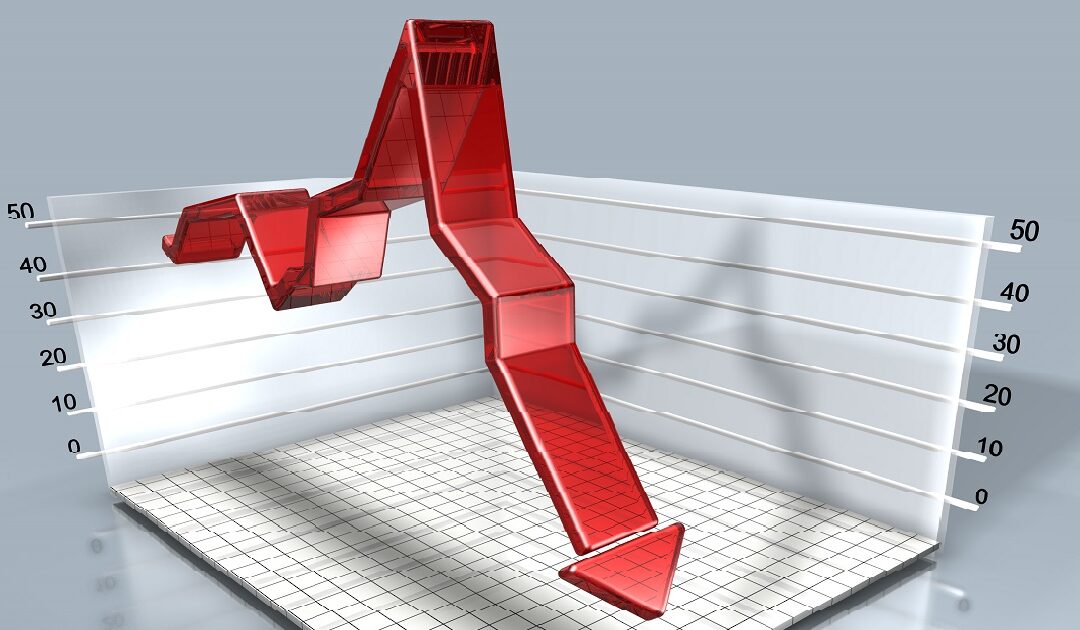It is now more important than ever that you invest in a portfolio exposed to share market returns versus bank term deposits. It’s the one sure way of outpacing inflation. Share markets can be volatile in the short term.
It is tempting when interest rates are going up and share markets have been going through the worst period since 2008 to put your money in a term deposit.
Investing in equities (the share market) is generally a good way to outrun inflation. We have seen share markets this year react very negatively to the world reserve banks’ sharp increases in interest rates to combat inflation.
The S&P500 Index covers the 500 leading US publicly traded companies. The index is highly regarded as a measure of the overall stock market’s performance. From the start of this year the S&P500 Index is down 23% and the Nasdaq (technology shares) is down 30%. Still, the average annual return of the S&P500 Index is around 10%; higher than the current NZ rate of 6.9% annual inflation.
You may be thinking of investing in a 2-year term deposit offering 4.3% interest and coming out 4.3% better off. In reality, after tax at 17.5% and inflation at 6.9%, you are poorer by 3.4%pa due to inflation.
While the main share markets are well down this year, keeping your eye on your long-term goals is vital, especially during periods of high inflation. Portfolio diversification is key to preserving the value of your assets.
Should you wait?
If you wait for the perfect time to invest you could drive yourself crazy. For a long-term investor its always a good time to invest. The two key factors are:
-
- Share markets have historically gone up. Even if your portfolio performs badly over a couple months, or years, you are likely to regain any losses back in a few years.
- The power of compounding. If you invest over the long-term you will get a nice return on your money. The S&P500 Index has averaged 10%pa over the long term. The Rule of 72 shows us that if you achieved an average long-term return of 10%pa your money would double every 7.2 years.
If you are a long-term investor bear markets present an opportunity to invest at a discount.
There are always reasons not to invest and there is no guarantee what the return will be over the next 10 years. In the long run, the good years outnumber and outlast the bad years.
Is now a good time to invest?
Let’s look at the last 20 years; the period October 2002 to October 2022.
Would you have invested if you knew the following share market corrections would occur (looking at the S&P500 Index):
-
- October 2007 to March 2009, down -55% (Global Financial Crisis)
- September 2018 to December 2018, down -19%
- February 2020 to March 2020, down -24% (Covid-19)
- January 2022 to September 2022, down -25% (interest rate hikes)
The S&P500 Index was 808 on 1 October 2002 and 3,640 on 1 October 2022. That’s a 350% increase or 7.8%pa. While the return over this 20-year period was lower than the long-term average of 10%pa, it’s still a very good return.
If you look at the last 10 years, the S&P500 Index was 1,461 on 1 October 2012 and 3,640 on 1 October 2022. That’s a 149% increase or 9.6%pa which is close to the long-term average. Also refer to our previous blog the average market return.
Our previous blog on market returns through a century of recession is also a relevant read here.
For a share to trade on the share market there are two sides to a trade. There have to be both a seller and a willing buyer. The seller may have to liquidate their position or they may have a negative view, while the buyer has an optimistic view.
The factors that make it look like a good time to invest
-
- The share markets have gone through a major correction this year. We appear to have reached the bottom. Share markets tend to be forward looking indicators.
- Corporate balance sheets are looking positive with many companies sitting on high cash reserves.
- Reserve banks are getting close to ending their large interest rate hikes. Inflation appears to have peaked.
- Apart from Europe there is less discussion around recession.
- Supply issues are alleviating.
- The price of crude oil is staying around $88-90 USD per barrel (from a high in June of $121) in spite of decreased production and the Northern hemisphere entering winter.
- The US share market has overcorrected to the downside and is trading deeply into undervalued territory.
“In our view we think the market is overly pessimistic regarding long-term prospects for equity valuations … the US equity market is significantly undervalued and is trading at about a 20% discount to fair value …. we think the market is too pessimistic about the long-term prospects of equity valuations” (research report from Morningstar 26 September) - “Inflation will begin to moderate over the next few months and subside in 2023” (Morningstar report 26 September).
Of course, share markets could still fall further. The reserve banks may continue with higher than expected interest rate hikes, inflation may persistently remain high, lower consumer spending could result in a full blown recession. There is always an element of uncertainty.

